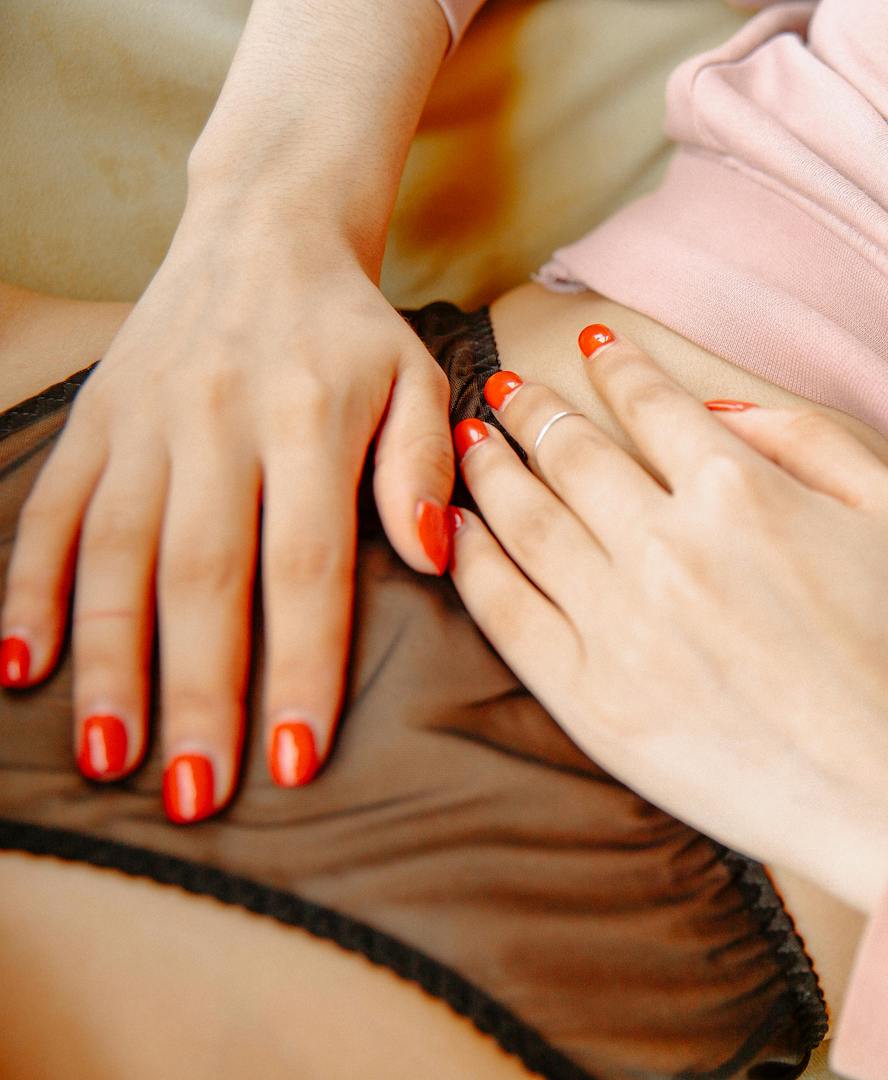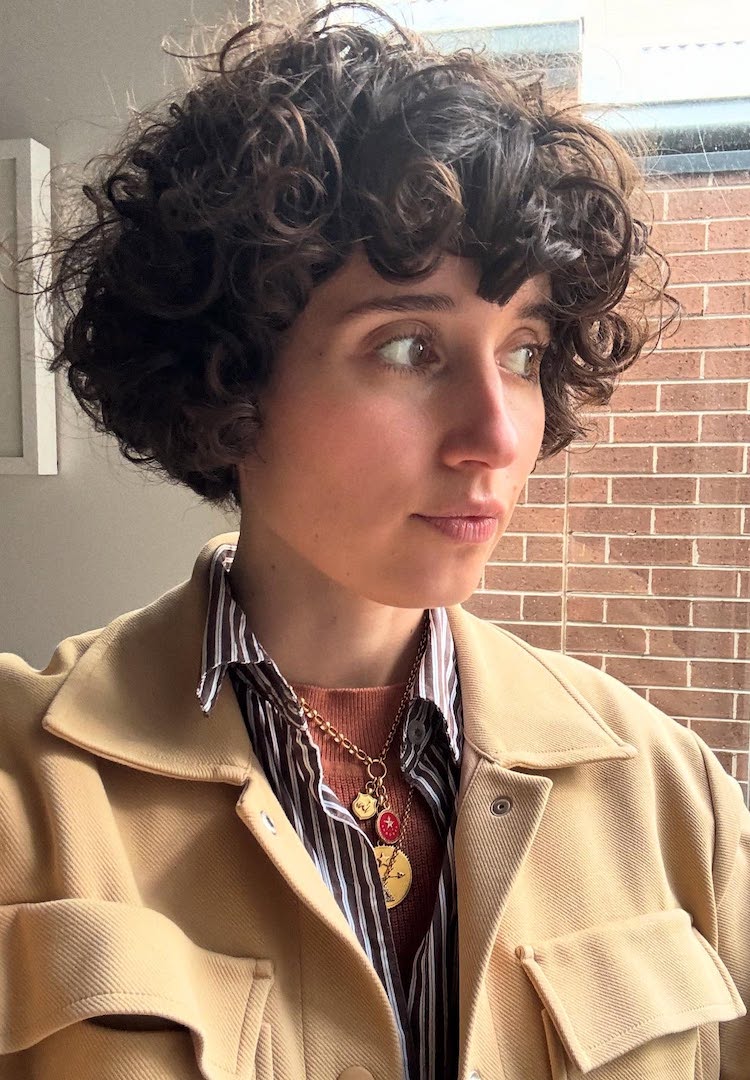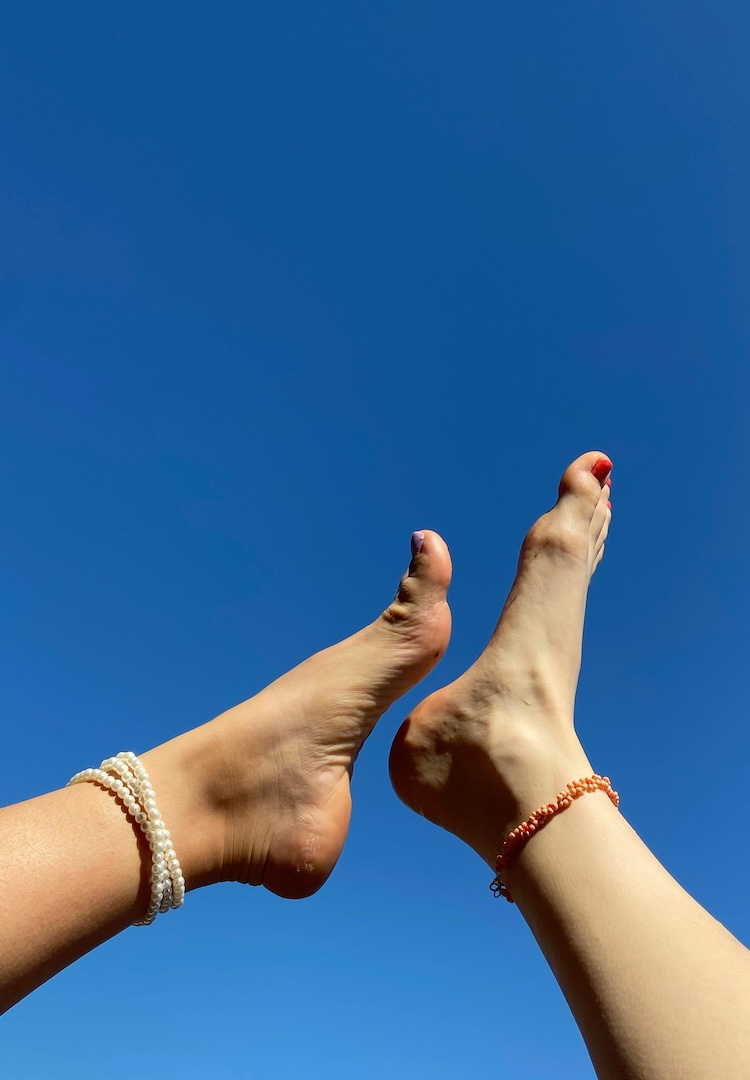What is trichotillomania and how do I know if I have it?
Words by Hannah Cole
Everything you need to know about hair-pulling disorder.
Trichotillomania. Trich-o-till-o-mania. I still recall the first time I stumbled upon the word, lost in a digital rabbit hole. How did it make me feel? Jaw-to-the-floor seen. I knew this obsession with my hair – pulling, playing, tugging – wasn’t normal, but at least it wasn’t unheard of. Like, maybe I’m not the only one out there.
Even with this overwhelming sense of recognition, I kept my suspicions to myself. So I loosened the odd hair from my scalp, was there really any harm done? The idea of seeking a proper diagnosis crossed my mind, but I put it on the back burner.
Kickstart your wellness journey over at our Health section.
That is, until I recently spoke with Kelli and Angela at Anxiety Recovery Centre Victoria (ARCVic), an organisation that offers support, recovery and education for those living with anxiety. With their respective roles as Support Group Coordinator and Support Group Facilitator, I wanted to understand more about the condition and ultimately, get to the bottom of my niggling question: Could this really be me?
What is trichotillomania?
Otherwise known as hair-pulling disorder, trichotillomania (pronounced: trik-eh-til-eh-may-nee-uh) involves pulling, removing and playing with hair – not just the strands on the head, but often eyebrows, eyelashes, pubic hair and any other hair-sprouting region. As Kelli describes it, trichotillomania is “an OCD-related disorder of impulse control, commonly referred to as a body-focused repetitive behaviour.” It’s also an umbrella term for activities like skin-picking and nail-biting.
On a serious level, the constant behaviour can result in patches of baldness, with many sufferers preferring a specific area or an infection, as the protective surface of the skin is compromised. Some sufferers also report trichophagia, which involves chewing and possibly eating the hair.
Typically affecting females, two to four per cent of the Australian population suffers from the condition, which can start as early as childhood (adolescence is a common starting point). There’s a whole list of triggers, including anxiety, depression, trauma, PTSD, addiction, ADHD and autism. Angela notes that many support group members are now in their forties, fifties or sixties. “They’ve had it for the majority of their life,” she explains. Not necessarily ‘always on’ – there may be times of extensive pulling and periods of less – but it remains omnipresent, in the background at the very least.
Is it more common than we think?
With such a small percentage of the population properly diagnosed, I wonder if it is actually more common than we think.
“[Trichotillomania] is commonly undiagnosed or unidentified because, given that it’s related to physical appearance, there’s often a lot of shame and embarrassment for sufferers,” Kelli says. With negative stigmas around mental health issues, many people (myself included) are unwilling to reveal the extent to which they might pull their own hair. These fears, along with each sufferer’s unique and individual experience, mean trichotillomania is shrouded with an air of mystery – if you are lucky enough to stumble across the term at all.
“In terms of recognition, I think some people have it throughout most of their life, and they don’t realise until they hear somebody else speak of it, or they hear it in a movie,” says Angela. So, as with all the ‘unspokens’ of life, the more we talk about and bring light to these issues, the more support and understanding we can offer.
What is the diagnosis process?
Recognition is the first step but diagnosis often falls on the sufferer. “If people are willing to express to their doctor the extent of their rituals with the habit, then it’s likely they will naturally be referred on for some mental health support,” Kelli and Anglea advise. I’d say that a trusting relationship with a healthcare provider is paramount here, too. Talking openly about this private fidgeting and pulling isn’t easy, we want these concerns to be heard by helpful, compassionate ears. From there, treatment generally involves a psychologist referral, with cognitive behavioural therapy (CBT) and acceptance commitment therapy (ACT) both evidenced to support.
Where (and when) should we seek help?
I avoid any appointments that aren’t 100 per cent necessary, and I’m also very committed to my ways, so of course, this was my next question: Is there a certain level of hair-pulling that is acceptable? I still have copious amounts of hair on my head, is it really that bad?
As Kelli explains, there are two strains of thinking. “A lot of people would say that if it’s not affecting you every day and you’re not cosmetically concerned, or there are no health problems as a result, then it may be considered minor and not needing treatment.”
“But at the end of the day, if you recognise you might have it, then it’s also an opportunity to understand that, ‘This is perhaps one way I’m managing excess anxiety or my mental health’. And it is worth exploring then, just generally.”
Support groups and a sense of community are vital components of dealing with trichotillomania – that’s the purpose of an organisation like ARCVic, after all. They offer support to help you move away from the habit, while reducing self-blame and negative self-talk, opting for more kindness and care towards yourself instead. The key message is: you’re not alone, you’re not crazy, there are people out there who understand.
At Kelli’s final words, I was almost in tears. Failing to reveal my potential condition in our chat, it was at this moment that the glass shattered – perhaps life on the other side, without this pulling and playing, is better? To hell with the ‘unmentionables’. Needless to say, I’ve made my GP appointment – baby steps are better late than never.
To learn more about trichotillomania, head here.













